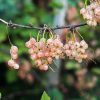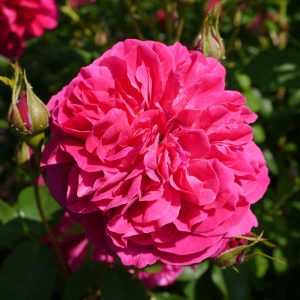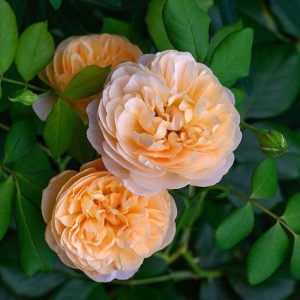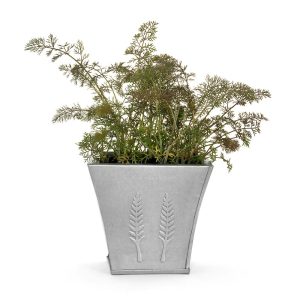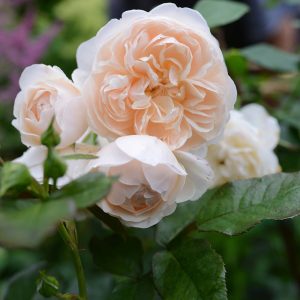Description
Ribes rubrum is the scientific name for the red currant, a deciduous shrub in the family Grossulariaceae. It is native to parts of western Europe, and is widely cultivated in many regions of the world for its edible fruit. The red currant typically grows to a height of 1-1.5 meters (3-5 feet) and has an upright, spreading habit. The leaves are green and lobed, and the flowers are small and red, blooming in the spring. The fruit produced by Ribes rubrum is a small, round berry that is typically bright red in color and has a sweet-tart flavor. The berries are typically harvested in mid-summer, and can be eaten fresh or used in a variety of culinary applications, such as making jams, jellies, and sauces. Ribes rubrum is a relatively easy plant to grow, and prefers full sun to partial shade and well-drained soil. The plant is also fairly hardy and can tolerate cold temperatures, making it a good choice for gardeners in cooler climates. It is important to note, however, that Ribes rubrum can be susceptible to certain pests and diseases, such as white pine blister rust, so it is important to monitor the plant for any signs of damage or distress.
Key Facts
- Common Name(s):Pinkcurrant Gloire de Sablons
- Hardiness:Fully hardy
- How big will I get? Ribes rubrum ‘Gloire de Sablons’ can grow to a height of 1.5m and a spread of 1.5m.
- Did You Know That:Red currants are a good source of vitamin C, potassium, and antioxidants.
Plant Calendar
A rough guide to how this plant will change through the year.
| Jan | Feb | Mar | Apr | May | June | July | Aug | Sept | Oct | Nov | Dec | |
| Flowering Time |  |
 |
||||||||||
| Foliage Colour |  |
 |
 |
 |
 |
 |
 |
 |
 |
| J | F | M | A | M | J | J | A | S | O | N | D |
 |
 |
||||||||||
 |
 |
 |
 |
 |
 |
 |
 |
 |
Care Guide

Soil Requirements
Ribes rubrum ‘Gloire de Sablons’ prefers moist but well-draining soil. This plant is not tolerant of alkaline soil, it requires either a neutral or acidic soil to grow.

Best Position
Ribes rubrum ‘Gloire de Sablons’ prefers a sheltered position and can cope with either full sun or partial shade.

Maintenance
Ribes rubrum ‘Gloire de Sablons’ should have new growth pruned in July, leaving four or five leaves on the branch. Redcurrants fruit on old growth so this shouldn’t affect fruiting. Then in Winter remove any dead wood and cut back all side-shoots to between one and three buds long.

Pest, Diseases and Wildlife
Ribes rubrum ‘Gloire de Sablons’ can have problems with aphids and gall mites, and it tends not to have problems with diseases. It is also known to attract bees. It is not considered to be toxic.

